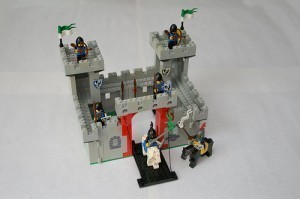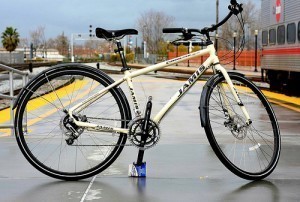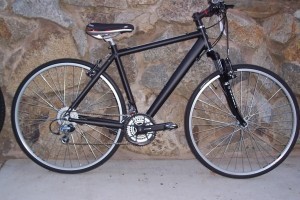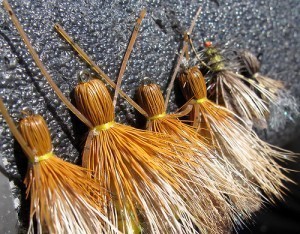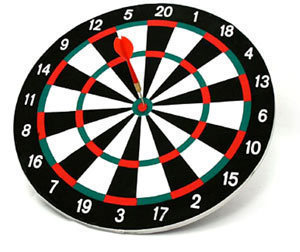Snowboard Size
Before one becomes an adept at snowboarding, one must 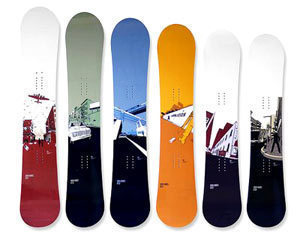 first learn the primary equipment of the sport – the snowboard. You will need to know what consists this piece of marvelous equipment especially how snowboard sizes affects one's game play. The following are a few interesting tidbits about these boards and snowboarding in general.
first learn the primary equipment of the sport – the snowboard. You will need to know what consists this piece of marvelous equipment especially how snowboard sizes affects one's game play. The following are a few interesting tidbits about these boards and snowboarding in general.
Elements of the Board
Part of understanding the dimensions of your board requires an understanding of its various parts. To start off, the bottom side of the boar is called the base. The areas of the board that come into contact with the snow is amply called the contact points. The amount of space at the center of the board that isn't touching a flat surface is called its camber.
The edges of your board are the toe edge and the heel edge, where your toes or heels are usually positioned. The nose or tip is located at the front of your board. A higher nose is required if you're looking for more speed. The flex point is that part of the board in the middle of its two bindings. It denotes where the board actually flexes, which allows contact for the side cut radius.
The side cut radius is the extent of the depth of the board's cut from its nose all the way to the waist or middle section of the board. This detail actually helps your snowboard turn. You may add a stomp pad right next to the back foot binding. This prevents you from sliding off the board. Understanding these and the other parts will help you learn more about snowboarding and snowboard sizes.
Understanding Snowboard Sizes
To better understand the relationship between snowboard sizes and rider weight, one may consult any size chart. Take note that the numbers that you will see on various charts will reflect what many people would recommend as good sizes depending on the weight of the rider.
However, it should also be noted that such recommendations are never set as a standard. This simply means that the size of the snowboard you prefer to use will definitely be all up to you. You may adjust the board size by several centimeters if you wish.
In case that your weight isn't specified in one chart you may check other charts that are more comprehensive. For example, if you weigh more than 220 lbs then you should check charts that show wide snowboard lengths as well.
A 220 pound rider can choose a board with a length from 161 cm to 165 cm. If a rider weighs something like 180 pounds then a good board length would be from 158 cm 162 cm. A rider that weighs 120 pounds can get a board that is from 144 cm to 149 cm in length. Refer to a snowboard size chart as often as you wish.

